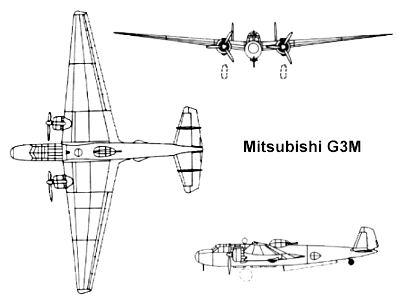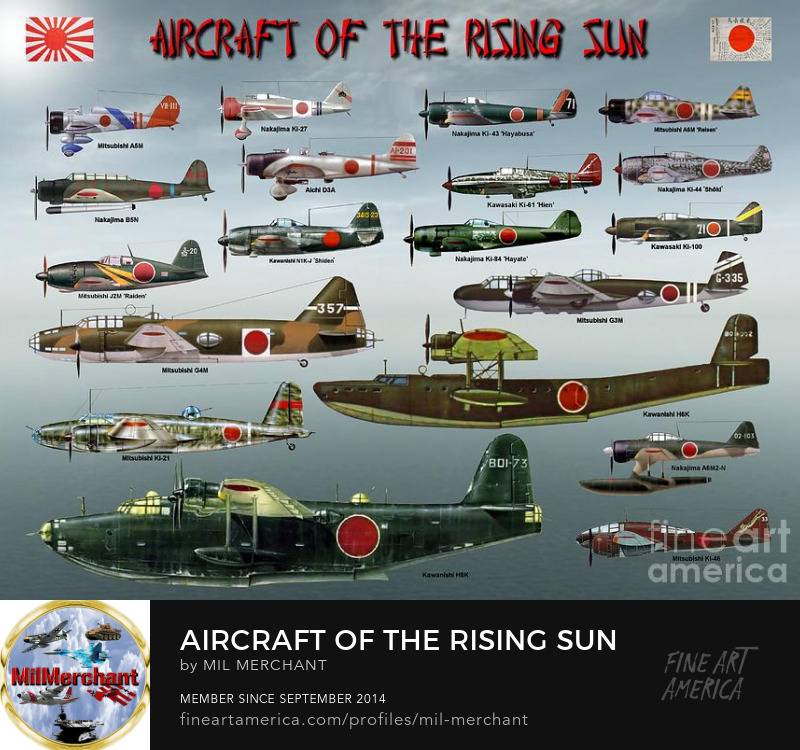The Mitsubishi G3M (Kyuroku-shiki rikujo kogeki-ki: Type 96 Land-based Attack Aircraft 'Rikko', Allied reporting name 'Nell') was a Japanese bomber and transport aircraft used by the Imperial Japanese Navy Air Service (IJNAS) during World War II. Like all Japanese bombers designed at the time, it lacked self sealing tanks and armour protection, allowing greater ranges needed for the long flight distances in the Pacific. The G3M could fly further and reach targets that wouldn't be matched until the introduction of the B-29, and even then, only if the B-29 wasn't loaded, which was a great feat at this point of military avaiation.
Development
In 1933, Admiral Isoroku Yamamoto, then the chief of the Technical Division of the Bureau of Aeronautics for the Imperial Japanese Navy, successfully sought permission to begin pursuing designs for long-range, land-based aircraft to support the fleet. The requirement for payload was also unprecedented in Japanese military aviation history, though necessary to accommodate the aerial torpedo envisaged to combat the battleships of the Allies in the geographical broadness of the Pacific front. The G3M was originally designed as a model without any form of defensive weaponry or machine guns, but purely as a bomber craft, with its high-altitude performance being regarded sufficient to evade enemy anti-aircraft guns and its high speed in combination with the planned high performance Mitsubishi A5M fighter envisaged as an armed escort being considered sufficient to counter any form of enemy fighters. Even in the low-speed, low-level role of torpedo bomber, the superior fighter escort - combined with the G3M's high speed - was considered sufficient against any form of ship-based AA guns or carrier-based fighters at the time. A team at Mitsubishi led by Sueo Honjo began designing a twin-engine reconnaissance aircraft. Internally designated Ka-9, the project produce a sleek aircraft which incorporated twin tails and two Hiro Type 91 engines. Intended as a demonstration aircraft, the Ka-9 first flew in April 1934. Possessing a solid nose, the bombardier aimed his drop through a clear panel in the cockpit floor. As a long-range torpedo bomber against Allied naval fleets, the G3M frequently operated with other G3M units in massive "wave" formations, this became a numerical strategy to eliminate the need for singular precision-based bombing. Later the Nakajima Company redesigned the G3M into the improved G3M3 (Model 23) with more powerful engines and increased fuel capacity. This version was only manufactured by Nakajima, being the most rapidly produced in wartime. This version entered service in 1941, and was maintained in service for two years, and later used in 1943 alongside the G3M2s for long-range maritime reconnaissance with radar, due to its excellent long-range performance. Based on combat reports, the aircraft was again modified to the G3M2 Model 22. This type saw a major re-thinking of the aircraft's defensive armament including the addition of a Type 99 Model 1 20 mm cannon on a flexible mount. Other additions included a new autopilot system and radio direction finder. Other G3M derivations built were transport versions.
Back to Top
In Service
The G3M first saw combat in Japan's expansionist campaigns on the Chinese mainland in what became known as the Second Sino-Japanese War, where the G3M was able to exploit its long-range capability when, during August-November 1937, the "1st Rengo Kokutai" (a special unit) was established, operating alongside the "Kanoya" and "Kizarazu Kokutai" based in Taipei, Formosa, Omura, Kyushu and Jeju Island. By 1940, G3M2 Model 22s had arrived and were operating from bases in occupied China. It took part in the strategic carpet bombing of the Chinese heartland, its combat range being sufficient to cover the elongated distances involved. Most notably, it was involved in the round-the-clock Bombing of Chongqing. With war looming with the United States, the IJN formed a special reconnaissance unit of G3Ms. Flying unmarked aircraft, IJN pilots flew photo and intelligence gathering missions over Allied areas in the months before the outbreak of the Pacific war.
When the Pacific War began in 1941, after the attack on Pearl Harbor, the G3M was by this time considered to be antiquated but still 3 front-line units (the 22nd to 24th Koku Sentai) were operating a total of 204 G3M2s in four Kokutai (Naval Air Corps) in the central Pacific and of these 54 aircraft from the Takao Kokutai were deployed from Formosa in the opening of the Battle of the Philippines. The G3M's were used to support the conquest of the Philippines and Indochina as well as the Malaysia Peninsular. Nells struck Singapore and took part in the Japanese efforts to capture the island city. The high point for the aircraft came on December 10, 1941, when 60 G3Ms took part in the sinking of the British battleships HMS Prince of Wales and HMS Repulse of 'Force Z' off the coast of Malaya. This attack was the first time that a battleship had been sunk at sea exclusively by aircraft. The attack on Darwin, Australia on February 19, 1942, by 188 Japanese aircraft that included 27 G3Ms of the 1. Kokutai (1st Air Group) based at Ambon, in the Dutch East Indies (Indonesia). Though still effective, the G3M was increasingly phased out of service in favor of the newer Mitsubishi G4M in 1942. From 1943 existing G3Ms were generally relegated to duties that included maritime patrols, bomber training, personal transports for senior officers and as a glider tugs. Altogether there were some 1,049 of all types were built by the end of production in 1943.
Back to Top
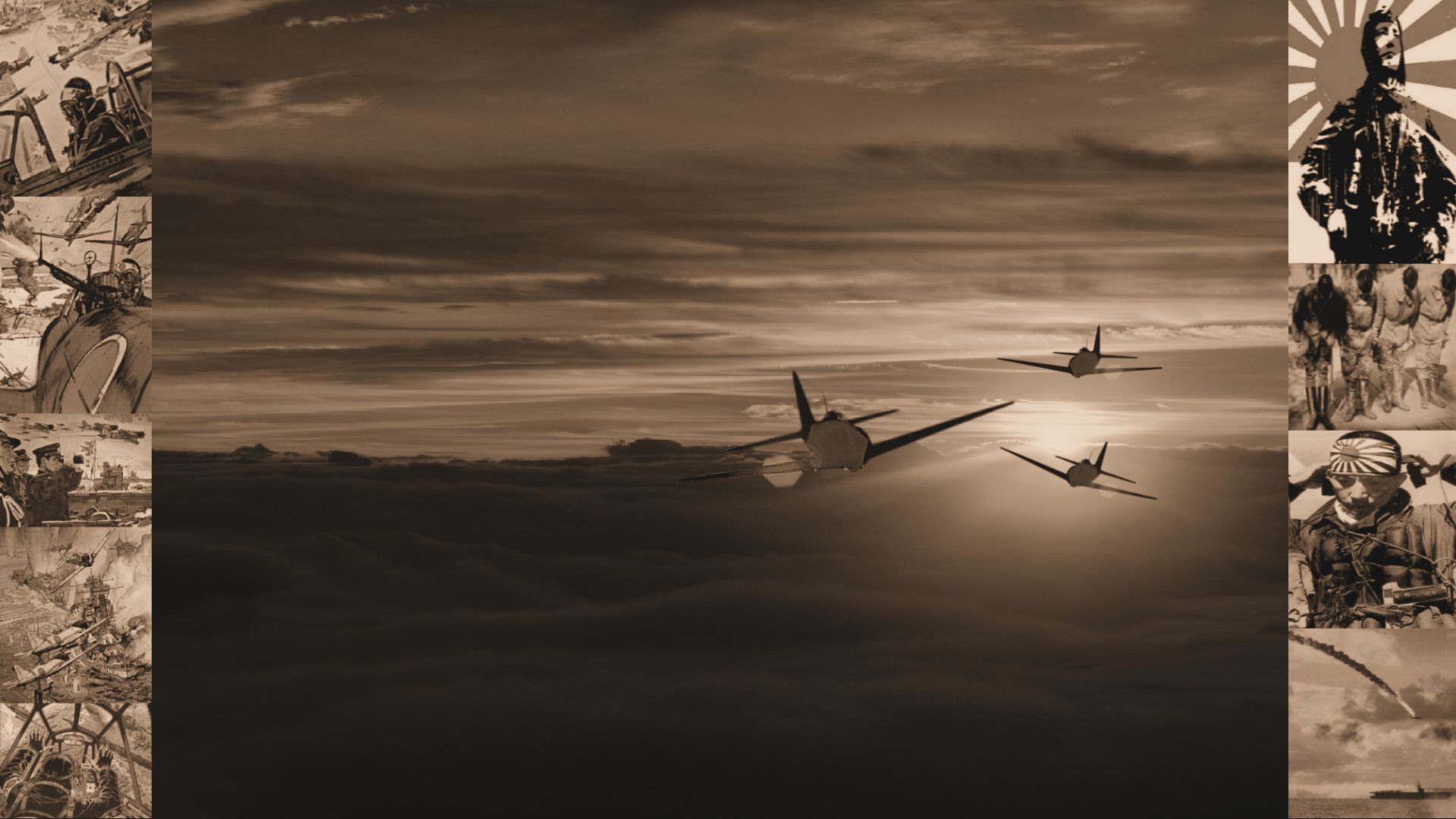


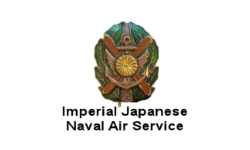
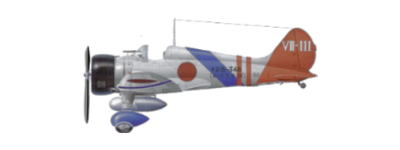 A5M
A5M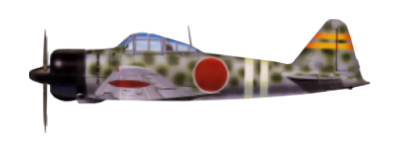 A6M Rei-sen
A6M Rei-sen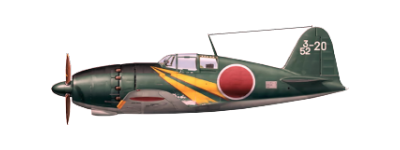 J2M Raiden
J2M Raiden N1K Shiden
N1K Shiden D3A
D3A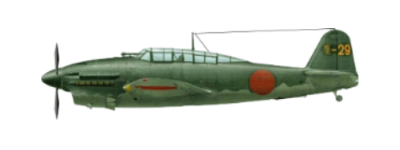 D4Y Suisei
D4Y Suisei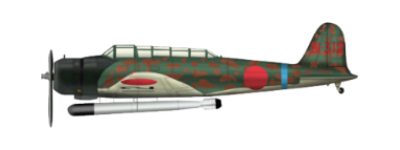 B5N
B5N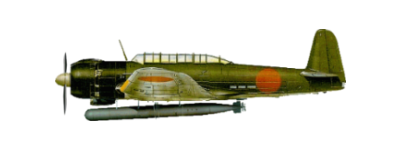 B6N Tenzan
B6N Tenzan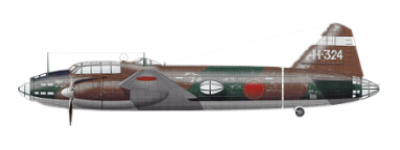 G4M
G4M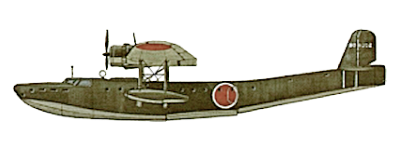 H6K
H6K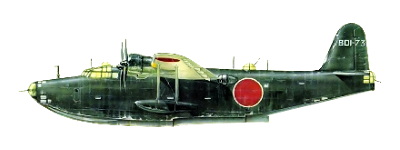 H8K
H8K


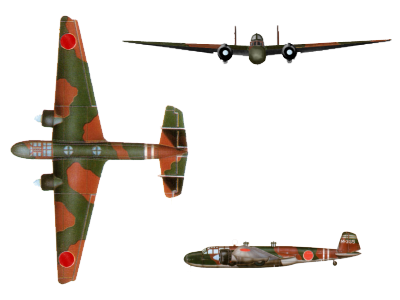
 Mitsubishi G3M
Mitsubishi G3M